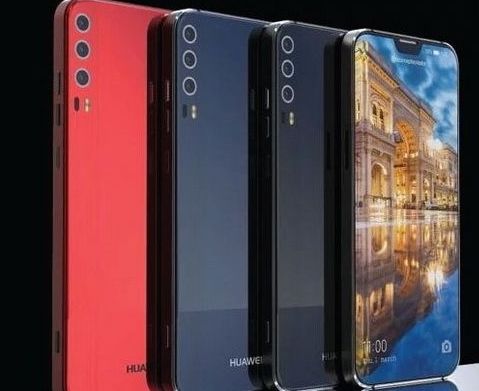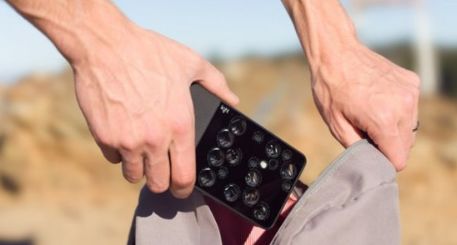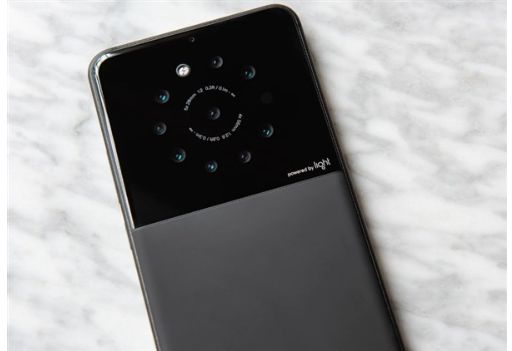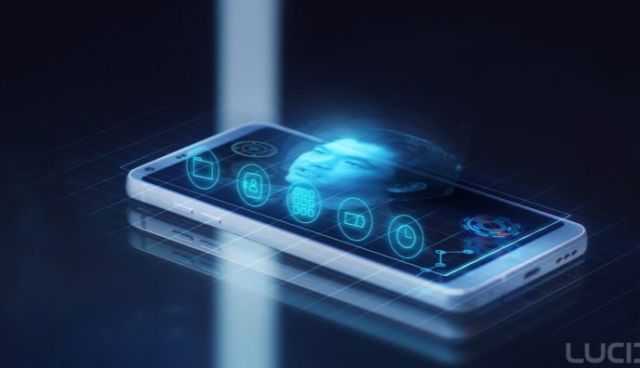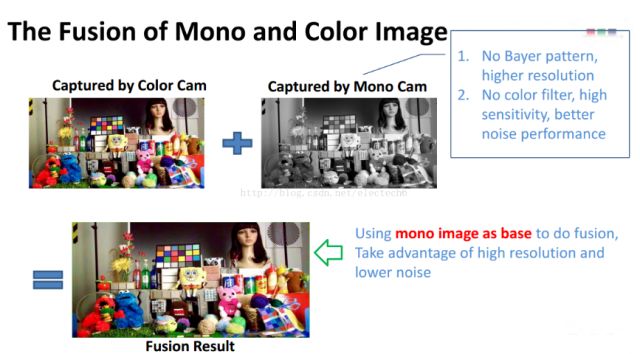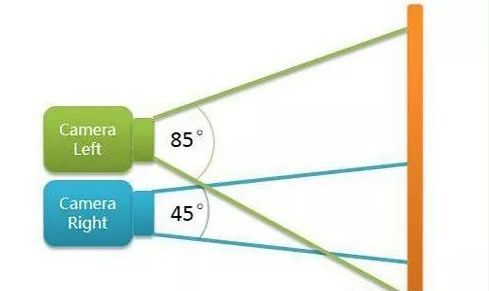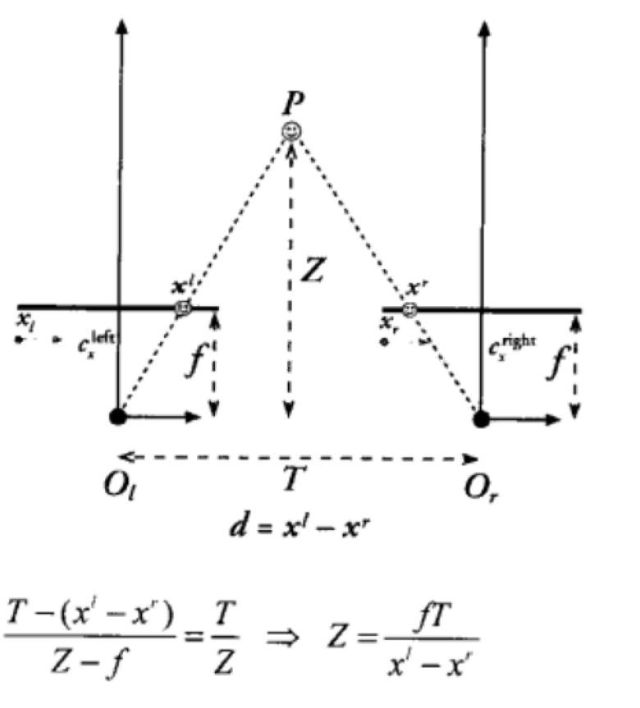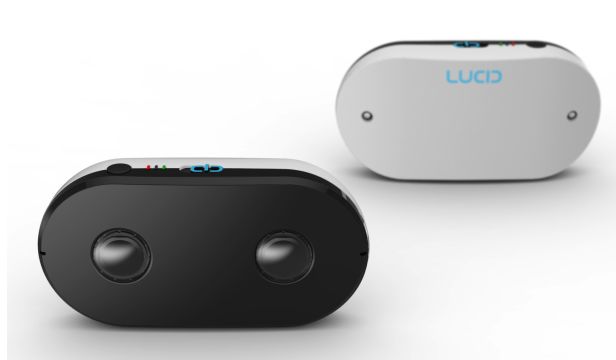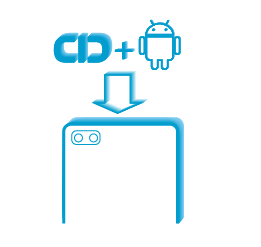Since 2016, all major mobile phones have basically been equipped with dual cameras during the period. Huawei P20 has increased the number of cameras to three. These two extra cameras are not redundant. With the AI ​​algorithm, the camera quality of Huawei P20 has been pushed to the top of the DxOMark rankings. In fact, the three-camera is not an exaggeration. The more turrets, the more revolutionary. Last year a camera named Light L16 can be said to be a representative of the "multi-camera cult". Light also recently received investment from Foxconn to develop a multi-camera mobile phone Compared with the exaggerated 16 cameras of the Light L16, which is comparable to the square camera, the number of cameras on the new mobile phone has been reduced to 9. Judging from the regular arrangement of the cameras, it makes me look less dense and scared. The reason why various mobile phone manufacturers introduced dual camera or multi-camera is to improve the camera quality of mobile phones, and we know that in the field of computer vision, binocular cameras can use the distance between the two cameras to bring stereo vision to mobile phones. Can we transform the dual-camera phone in our hands into a depth camera device with 3D shooting capabilities? Recently, the panoramic camera manufacturer Lucid announced that it will provide real-time 3D fusion technology for all dual-camera and multi-camera devices, imitating the principle of human brain acquiring depth images from both eyes, and will bring 3D capture and depth acquisition to dual-camera and multi-camera devices. Ability to pave the way for the popularization of 3D cameras. Mobile phone dual camera / multi camera Tracing back to the source, the dual-camera design of the mobile phone originated from the EVO 3D camera phone launched by HTC2011 The two cameras of this phone are based on the principle of binocular 3D cameras, which support rear-mounted 3D video and photo shooting, but unfortunately this phone did not lead to a trend. And when the dual camera came out of the arena and was used by Huawei on its flagship mobile phone, it was the same dual camera, and the principles and intended goals were actually different. Huawei's two cameras have adopted a black and white + color dual camera mode from The black and white camera is responsible for capturing more details and reducing noise, which can significantly improve the quality of night scene shooting in low light. Apple’s mobile phone uses a different dual-camera Solution, which uses a wide-angle + telephoto lens combination The two cameras have different viewing angles, so the two cameras have different viewing ranges. With two cameras with different focal lengths, the wide-angle lens with a wide angle of view can "see" a very wide range, but can not "see" objects in the distance, while the telephoto lens with a narrow angle of view has a small "see" range, but "sees" Farther and clearer. With the combination of wide-angle and telephoto lenses, a relatively smooth zoom can be achieved through lens switching and fusion algorithms when taking pictures. The dual-camera solution that is really used for depth of field calculation is a color camera + color camera (RGB+RGB), such as the EVO 3D mentioned above, and the Honor 6 plus model released in 2015. This is a typical use of the triangulation principle to calculate the distance between the object and the camera. It is generally used for the background blur function of taking pictures. The objects in the center of the lens and the closer distance are clearly displayed, and the background objects are blurred. Redmi Pro and Vivo X9 adopt this scheme. At this point, we have a general understanding that the dual-camera solution of black and white + color and telephoto + wide-angle is not actually for the depth of field service, what they do is to improve the photo experience. RGB+RGB used in typical binocular 3D cameras is relatively rare in dual-camera mobile phones, and most dual-camera mobile phones use the first two. Lucid launched LucidCam three years ago. LucidCam is a simple and portable small 3D camera with a very small size and capable of shooting 1080p videos and 2K photos. However, it is not easy to bring 3D shooting capabilities to dual-camera phones. First of all, there are many types of dual-camera phones. Each model has different cameras, different arrangements (left and right, top and bottom), and different spacing. This requires Lucid to provide A dual-camera phone tailor-made. Lucid claims that it can be customized based on any dual camera of any resolution. Many problems must be overcome in the middle. For example, for the telephoto + wide-angle camera, in order to get the disparity map and turn it into a depth map, it is necessary to use the two cameras as much as possible. Focus, construct a binocular stereo model. For black and white + color cameras, adjustments are also required. Lucid has developed AI-based deep vision enhancement functions to bring deep vision learning capabilities to any dual-camera device. Like humans, even if there is a gap in vision between the eyes, they can adapt as much as possible through continuous learning. In the same way, through long-term learning, the dual-camera device can finally have good stereo vision capabilities. The AR function of mobile phones is inseparable from the deep recognition of the environment. The current monocular solution is just like the iPhone X's criticized bangs, which is just a helpless transition solution. The rear camera will eventually use a more powerful depth camera. In order to be competent for more and more AR applications, it can calculate more accurate size, shape and other data for device measurement. At present, with the continuous increase of dual-camera equipment, it would be a good idea to let the dual-camera equipment have stronger depth vision without any hardware cost. Lucid said that their software solutions are not only applicable to cameras. The technology can also be applied to various devices, including "mobile phones, robots, drones, VR/AR, and security cameras. After the trend of front-facing 3D cameras, the era of rear-facing depth cameras is coming. High Voltage Power Cables,High Voltage Extension Cord,High Voltage Extension Lead,Extension Cord For High Voltage TRANCHART Electrical and Machinery Co.,LTD , https://www.tranchart-electrical.com